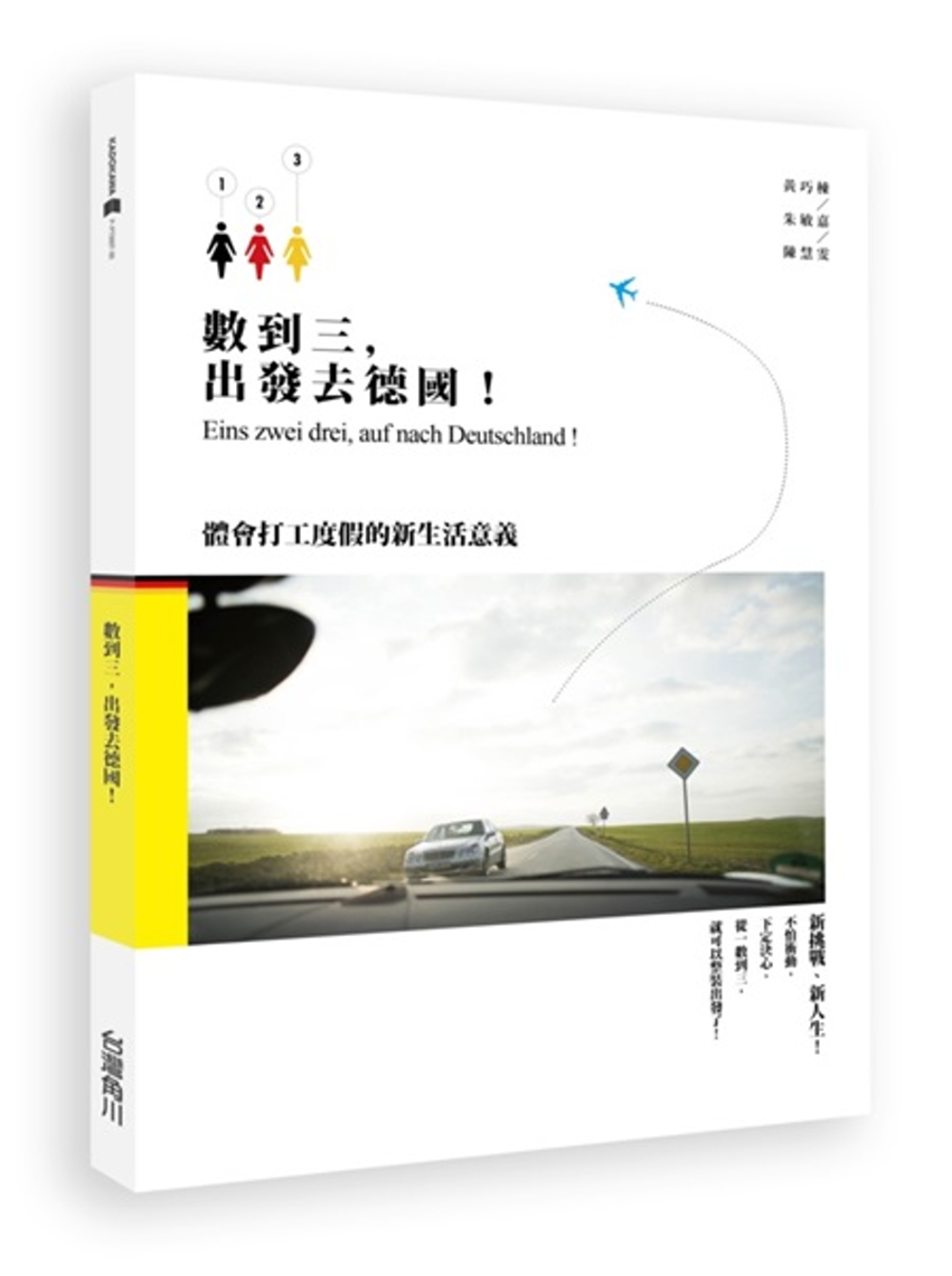



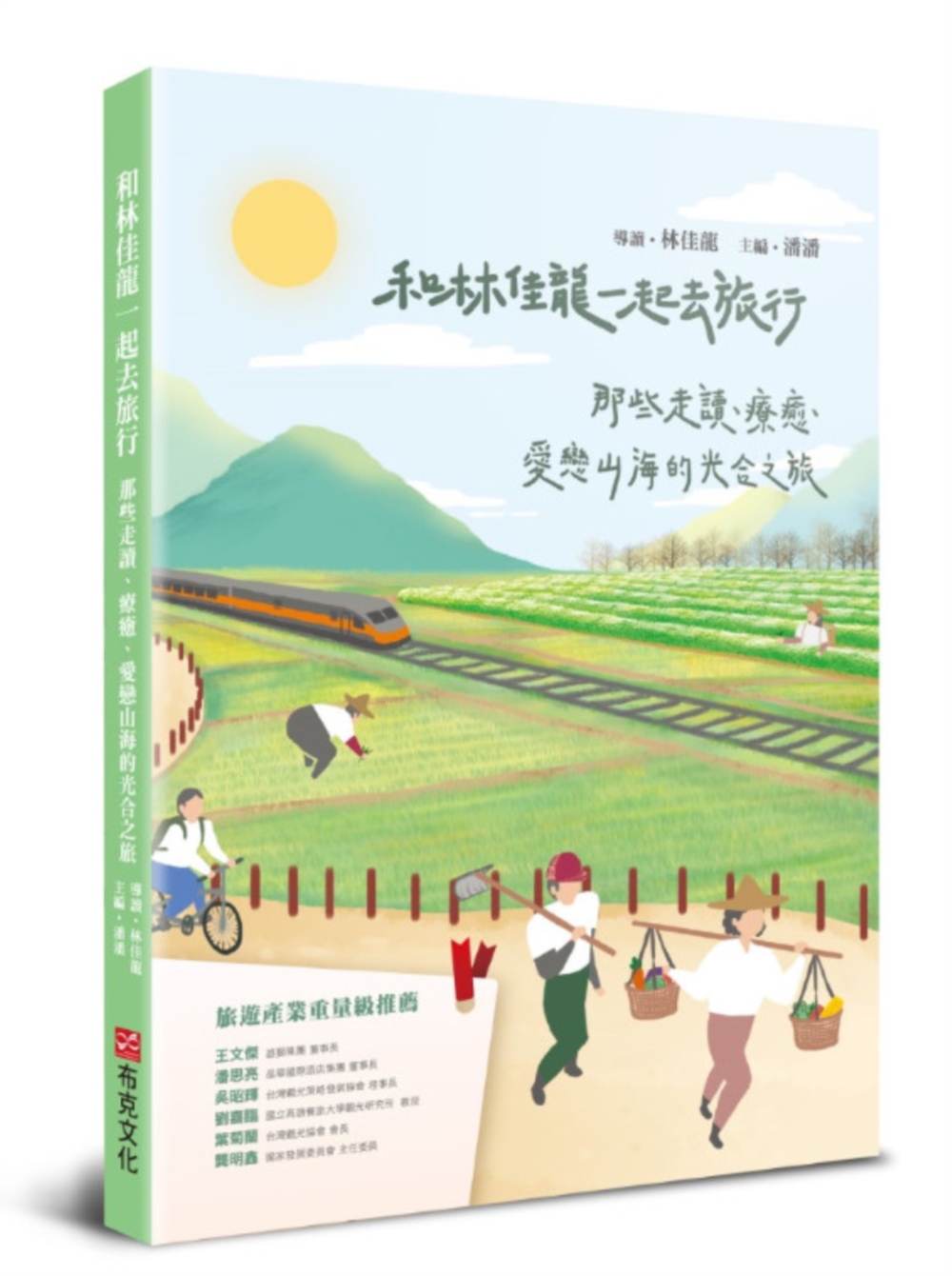

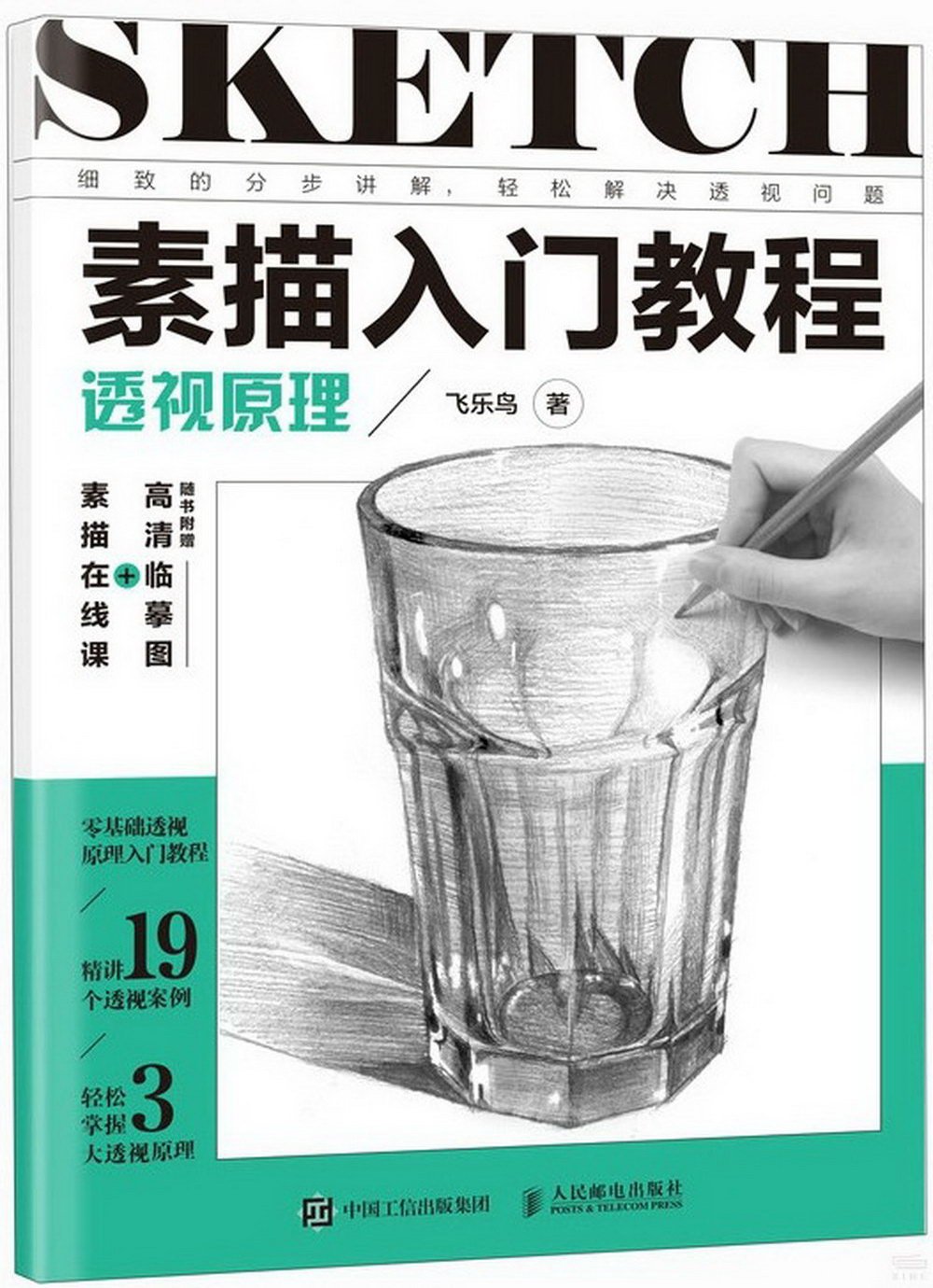
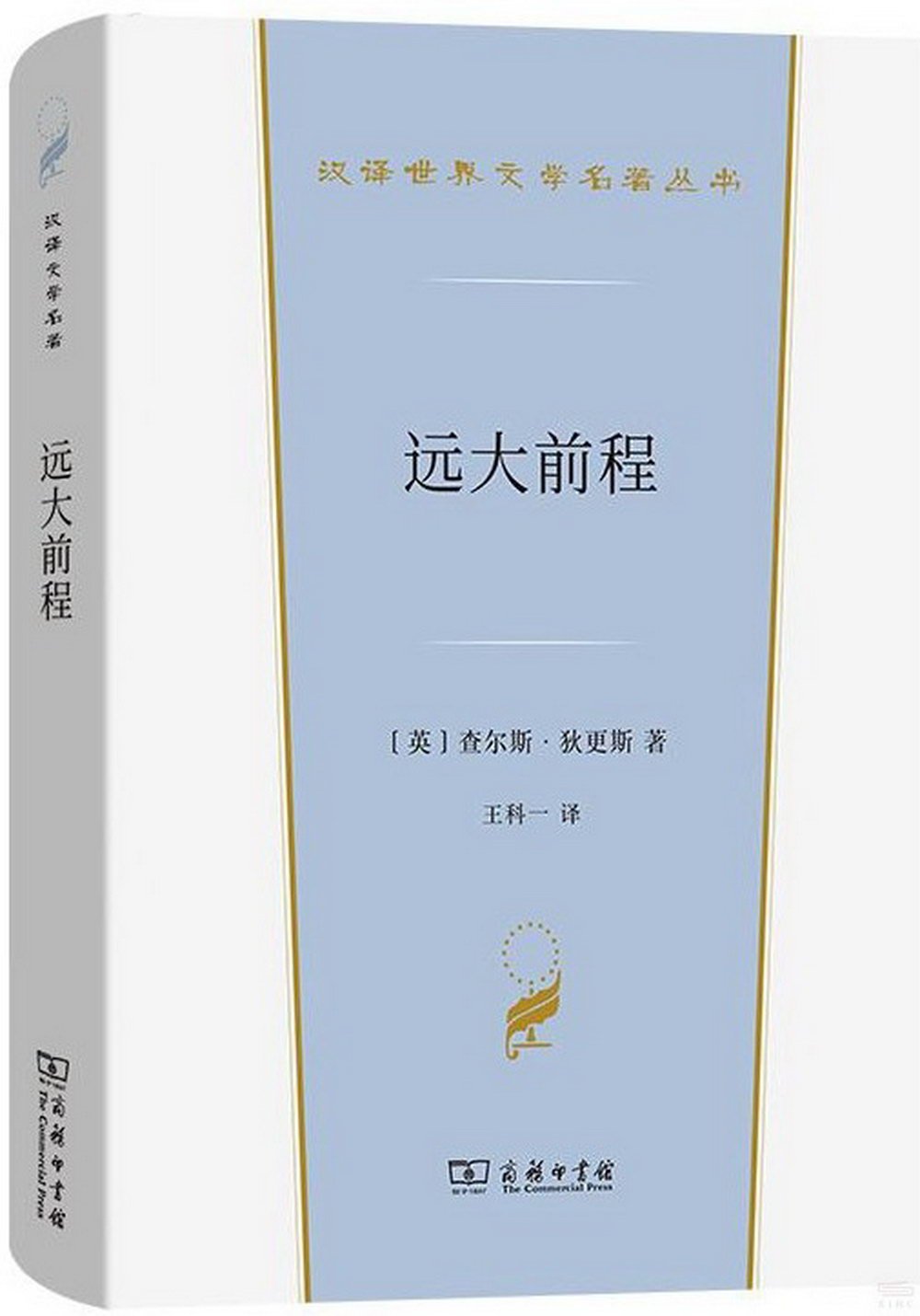

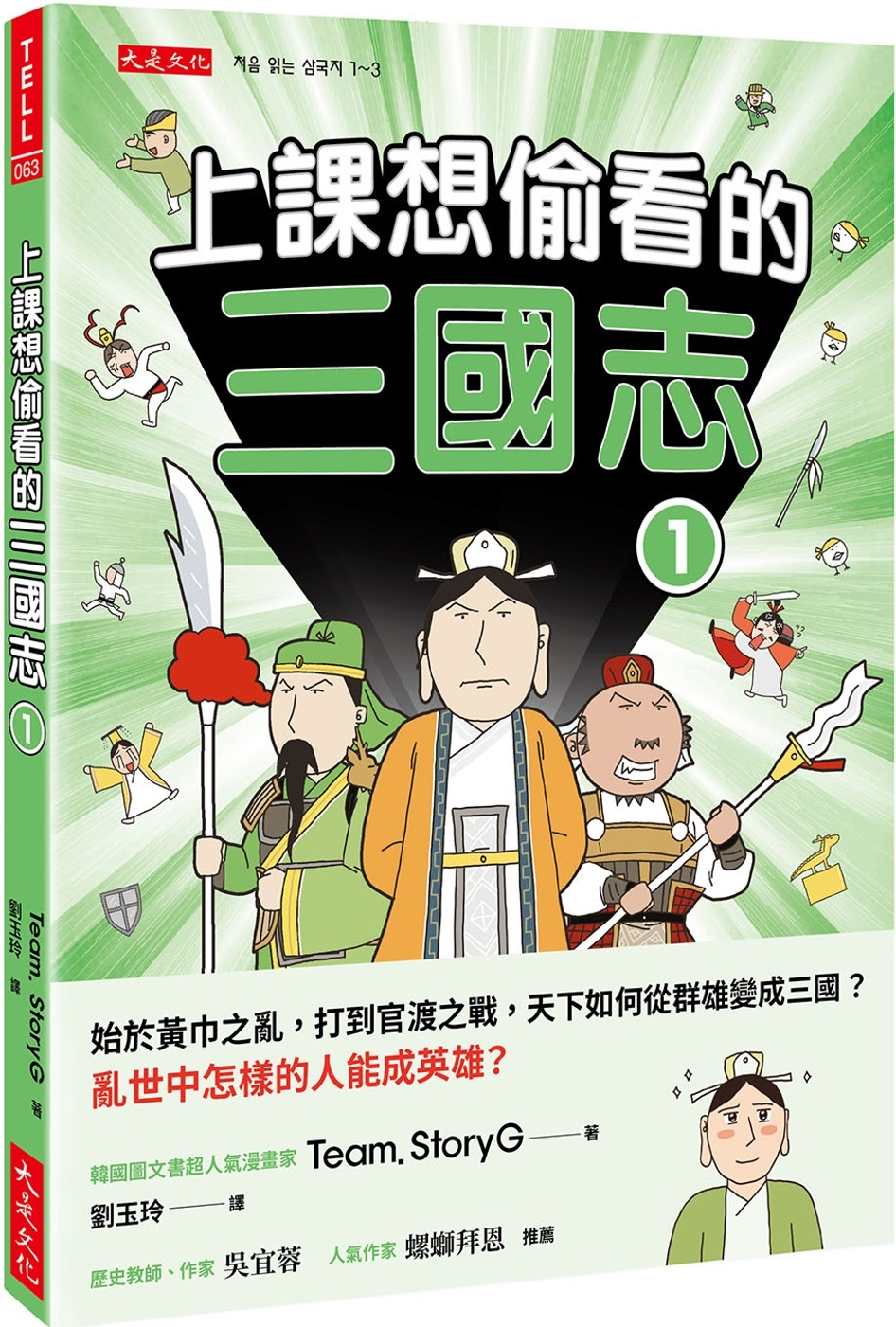
歌德:瞭解女性,就能瞭解歷史的真相。想要深入瞭解某一個時代,就必須好好研究那個時代的女性。歐亞社會的女性藉由其生命史,分別陳述著原生社會的傳統文化及歷史脈絡。不論是歐洲或者是亞洲,女性戶長都不是主流現象,是什麼樣的因素、家庭背景、社會經濟發展,讓一些女性得以成為戶長,而東西方社會的女性戶長形成因素又是全然的不同嗎?本書藉由女性戶長生命史了解台灣(台北)及荷蘭(鹿特丹)在(前)工業化時期的家戶形成及女性地位的憑藉。
Johann Wolfgang von Goethe: By understanding women, one will be able to understand the historical truth. Therefore, to understand a certain period, there is a need to study the women of that era. The life histories of the women in the Eurasian societies represent the traditional cultures and historical contexts of their native society. In Europe or Asia, female heads of households are not the mainstream phenomenon. What factors, family backgrounds, and social economic developments led to some women becoming heads of households? Were the factors that contributed to the formation of female-headed households completely different between the Eastern and Western societies? Through the life histories of the female heads of households, this book studies the household formation systems and the status of women in the (pre)industrialization period of Taiwan (Taipei) and the Netherlands (Rotterdam).
本書特色
◎本書為作者的博士論文,以英文書寫而成,內容結構嚴謹,層次井然。
◎本書獲得「中研院歷史人口研究計畫」支持,傾注許多學術資源。
◎作者遠赴荷蘭研讀博士,故能就近借閱大量荷蘭保存的文獻資料,也對歐亞社會有更進一步的認識。
作者簡介
Author's Curriculum Vitae
Xingchen C.C. Lin was born on October 11, 1978 in Taipei (Taiwan) and grew up in a district close to DaDaoCheng. She completed her junior and senior education at Girls High School, after which she went to Soochow University of Taipei to study Chinese literature and received her degree in 2000. In 2006, she attained her master’s degree from the Department of Public Policy and Administration at National ChiNan University. In the same year, she was awarded Delta scholarship (the Netherlands) to do her Ph.D. in Radboud University Nijmegen. During her time at the Radboud University Nijmegen as a junior researcher in Historical Demography, she was also awarded a two-year grant for overseas study from the Ministry of Education of Taiwan.
致謝
WORD OF THANKS
TABLE OF CONTENTS
CHAPTER 1 FEMALE-HEADED HOUSEHOLDS, THE HOUSEHOLD FORMATION SYSTEM AND HOUSEHOLD STRATEGY
FEMALE-HEADED HOUSEHOLDS, THE HOUSEHOLD FORMATION SYSTEM AND HOUSEHOLD STRATEGY
— AN INTRODUCTION HISTORIOGRAPHY AND METHODOLOGY
1 Female-headed households as a contemporary issue
2 A short historiography about female-headed households
3 What is this research about?
4 Why is this research important?
5 How will I conduct my research?
6 Structure of the book
CHAPTER 2 THE HOUSEHOLD REGISTERS
THE HOUSEHOLD REGISTERS
— HISTORICAL MATERIAL DESCRIPTION
1 The content of the household registers in Taiwan
2 The content of the household registers in the Netherlands
3 Conclusion
CHAPTER 3 DIFFERENT, BUT SIMILAR; SIMILAR, BUT DIFFERENT
DIFFERENT, BUT SIMILAR; SIMILAR, BUT DIFFERENT
— THE SOCIAL AND DEMOGRAPHIC CHARACTERISTICS OF TAIPEI AND ROTTERDAM
1 What were the differences between Taipei in Taiwan and Rotterdam in the Netherlands?
2 What are the similarities between Taipei and Rotterdam?
3 Conclusion: Differences and similarities aside, the female-headed household is the main lead in this study
CHAPTER 4 DUTCH FEMALE HEAD OF HOUSEHOLD
DUTCH FEMALE HEAD OF HOUSEHOLD
— A CASE STUDY OF ROTTERDAM, 1850-1941
1 Description of the Dutch data
2 Result
3 Event history analysis
4 Conclusion
CHAPTER 5 TAIWANESE FEMALE HEAD OF HOUSEHOLD
TAIWANESE FEMALE HEAD OF HOUSEHOLD
─A CASE STUDY OF TAIPEI, 1906-1945
1 Description of Taiwanese data
2 Result
3 Event history analysis
4 Conclusion
CHAPTER 6 CONCLUSION
CONCLUSION
— WOMEN: DAUGHTER, WIFE AND MOTHER IN EAST AND WEST
APPENDIX
LIST OF GRAPHS
LIST OF TABLES AND MAPS
BIBLIOGRAPHY